Dec 25, 2025
Dec 25, 2025
Director : Bernardo Bertolucci/ France/English/129 mts
Few films in the history of cinema have created such a divide in the art world or garnered as much controversy as Bernardo Bertolucci’s Last Tango in Paris did in 1972. From the moment of the film’s debut and Pauline Kael’s enthusiastic defense of the film, notarized by Roger Ebert as the most famous film review ever published, the camps were divided – was the film pornography masquerading as art, or was it an emotionally raw exploration of human behavior at its animal base? To this day, for many it is difficult to choose but one thing is certain, regardless of what side you eventually choose Last Tango in Paris will force you to react to it – you will not be able to sit idly by.
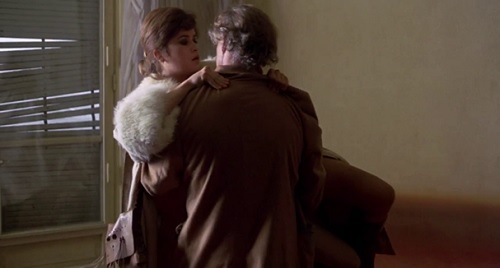
Paul (Marlon Brando) meets Jeanne (Maria Schneider)
Last Tango in Paris is one of the great explorations of cinema’s visual possibilities. The Francis Bacon paintings that haunt the opening credits are the first hint that life might be both tortuous and beautiful in Bertolucci’s unforgettable portrait of grief and anonymous sex in 1970s Paris. In fact, Bertolucci went so far as to base Last Tango on the work of Francis Bacon, widely regarded as one of the greatest painters of the 20th century. While they were in Paris ready to begin shooting of the film, Bertolucci and Marlon Brando, the film’s star, saw a show of Bacon’s images. It made such an impression on them that it changed their entire conception of how the film would work. Bacon is best known for his tortured figures that evoke feelings of existential despair, and this is the dominant mood of Last Tango as well.
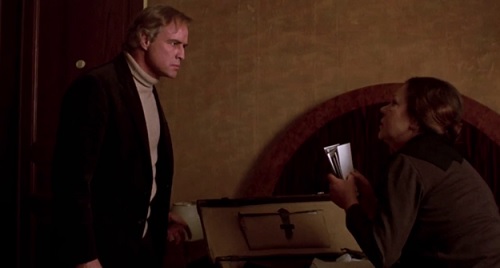
A tense moment with his mother
Marlon Brando delivers one of his characteristically idiosyncratic performances as Paul, a middle-aged American in “emotional exile” who comes to Paris where his estranged wife has committed suicide. His French wife, Rosa, had slit her veins, leaving bloody bath water and spattered walls behind. She didn’t leave much else - no good-bye note or explanation for her husband, parents or lover, a guest in the fleabag hotel she owned and managed. She did bequeath the hotel, and it’s seedy occupants, to Paul.
Overwhelmed with grief, Paul walks the streets and finds himself looking at an apartment for rent. He finds Jeanne, (Maria Schneider), a girl-woman, barely out of her teens, looking at the same apartment. She is to be married in a few weeks to her bourgeois, filmmaker fiancée. Paul and Jeanne circle each other warily in the empty flat, each contemplating the rental, (and each other), and wondering who will take it. Suddenly, they grab each other and have hard, fast sex against the apartment wall. Thus begins a most bizarre relationship.
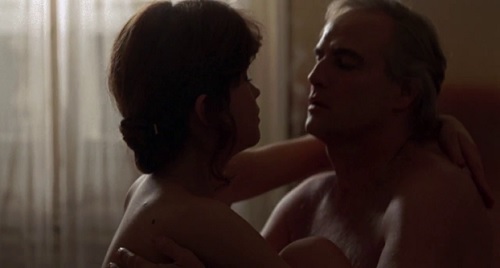
Paul and Jeanne: An intimate scene
Paul enters into a sadomasochistic, carnal relationship with Jeanne, indirectly attacking the hypocrisy all around him through his raw, outrageous sexual behavior. Paul makes the rules. Jeanne must follow them or she will not see him again. Their purely carnal relationship must remain anonymous, emotionless, and exist only within the walls of the apartment. There are to be no sexual taboos between them. He does not want to know her name or anything about her and refuses to give her any information about himself. They are not to see each other outside the apartment confines, nor even leave together.
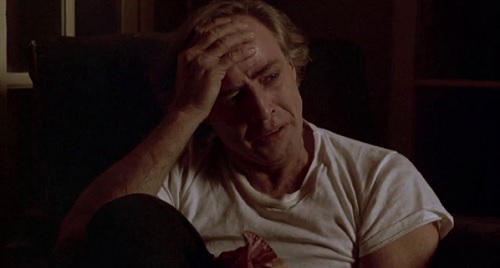
Torture of memories
The affair of Paul and Jeanne goes on until one day Jeanne comes to the apartment to find that Paul has packed up and left without warning. After three days, his wife is laid out for burial and we see Paul is ready to resume his identity. He gives up the flat: He wants to live normally again, and he wants to love Jeanne as a person.
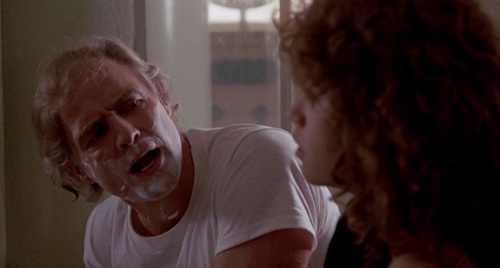
With Jeanne in bathroom
Paul encounters Jeanne on the street and says he wants to renew the relationship. He tells her of the recent tragedy with his wife, and the telling of his life story carries them to a tango bar, where he continues telling her about himself. The loss of anonymity disillusions Jeanne about their relationship, and she tells Paul she does not want to see him again and that their relationship is finished. Paul, not wanting to let Jeanne go, chases her back to her apartment, where he tells her he loves her and wants to know her name. That leads to the final dramatic moments of the film.
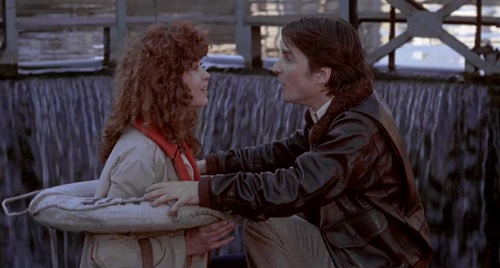
Jeanne with Tom, a film director and Jeanne’s fiancé
Last Tango in Paris is about a man’s attempt to separate sex from everything else. We see both of them (as they don’t see each other) in their normal lives — Paul back at the flophouse-hotel his wife owned, Jeanne with her mother, the widow of a colonel, and with her adoring fiancé (Jean-Pierre Léaud), a TV director, who is relentlessly shooting a sixteen-millimeter film about her, a film that is to end in a week with their wedding. Mostly, we see Paul and Jeanne together in the flat as they act out his fantasy of ignorant armies clashing by night, and it is warfare — sexual aggression and retreat and battles joined.
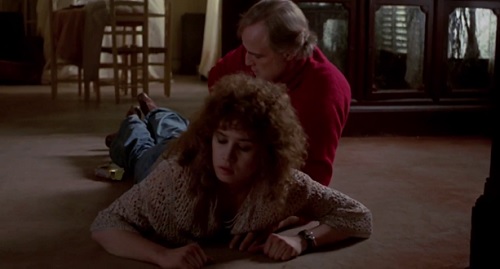
A controversial scene
As Pauline Kael rightly says, “The necessity for isolation from the world is, of course, his, not hers. But his life floods in. He brings into this isolation chamber his sexual anger, his glorying in his prowess, and his need to debase her and himself. He demands total subservience to his sexual wishes; this enslavement is for him the sexual truth, the real thing, sex without phoniness. And she is so erotically sensitized by the rounds of lovemaking that she believes him. He goads her and tests her until when he asks if she’s ready to eat vomit as a proof of love, she is, and gratefully. He plays out the American male tough-guy sex role — insisting on his power in bed, because that is all the “truth” he knows.
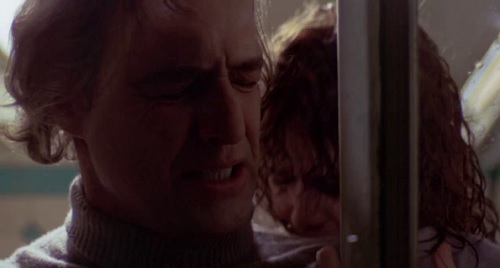
Seeking avowal from Jeanne
What they go through together in their pressure cooker is an intensified, speeded-up history of the sex relationships of the dominating men and the adoring women who have provided the key sex model of the past few decades — the model that is collapsing. They don’t know each other, but their sex isn’t “primitive” or “pure”; Paul is the same old Paul, and Jeanne, we gradually see, is also Jeanne, the colonel’s daughter. They bring their cultural hang-ups into sex, so it’s the same poisoned sex Strindberg wrote about: a battle of unequally matched partners, asserting whatever dominance they can, seizing any advantage. Inside the flat, his male physical strength and the mythology he has built on it are the primary facts. He pushes his morose, romantic insanity to its limits; he burns through the sickness that his wife’s suicide has brought on — the self-doubts, the need to prove himself and torment himself.”
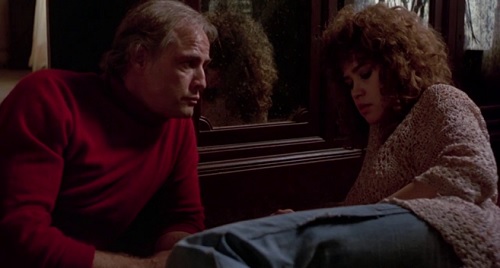
A quiet moment
The hues used in the film were also inspired by the paintings of Bacon. The photography is thus achieved with smooth and cold colors– all yellows and browns. The camera perfectly captures the impersonal nature of their coupling. The shots are blunt, without sensuality or eroticism, but an enormous sexual energy is captured. Jeanne is fascinated by the mystery that is Paul. She is intrigued by Paul’s dominant role, and seems to enjoy playing the passive partner most of the time. She is bored, perhaps, and looks for something, maybe excitement. She is clearly not happy with her boyfriend, who relates to her as the object of his latest film. He talks at her, not to her. And he does not listen.
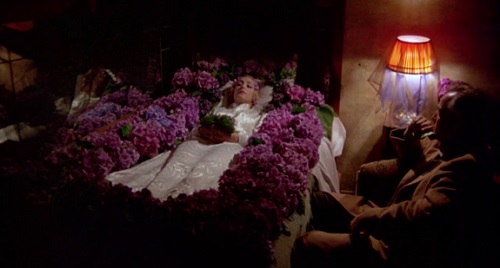
Paul's soliloquy before his wife’s coffin
Last Tango in Paris is a jarring glimpse into grief, commitment, love, and primal human behavior. It would be easy to dismiss the numerous and visually and verbally explicit sexual scenes that dominate the film both literally and figuratively as base pornography, but Bertolucci’s gaze upon Paul and Jeanne is rarely meant for cheap arousal; it is full of fear, humiliation, dependency, and is shockingly frank, shining the light of the human sexual relationship through a dirty prism, revealing a dark and twisted rainbow of possibilities hereto unexplored in cinema. It will be tough to look past the sexual bluntness upon a first viewing of the film – there is a danger that that is all one will see, but beyond the surface shock one receives as in jumping into a freezing pool of water, it is more satisfying to dwell upon the emotions it will conjure. The film is a study of the breaking point of man. How we deal with certain tragedies and how we struggle with sanity.
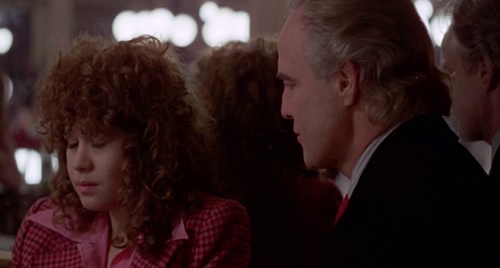
The meeting at Tango Bar
The city looks to have been built uniquely for the occasion as Brando – then 48, with shoulder-length greying hair and still so striking – gives his best performance in years as Paul. Brando is absolutely dynamic, enthralling and electric. Never before, and probably never again, will you witness a performance so raw, so unadorned and so revealing! Brando just exudes all of his unlimited potential, skills, and mastery of the acting art. Complex, incomprehensible, silent in sorrow and in much pain, but completely lost in a duel because of his dead wife, this is Paul, egoist, manipulative, the world moves because of him, even at his lowest hour of pathetic self-indulgent anal ways, Paul is everything inside the Apartment, and nothing outside of it.
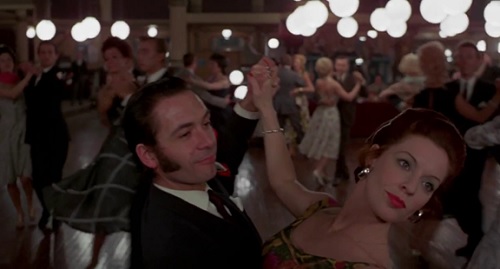
A tango dance scene at the bar
Through his face you can see the discipline of holding back his emotion. And when he does let it out, it’s realistic and convincing. Some of the most emotional scenes are confined and left for us to admire and visualize. The scene, in which Paul is speaking to his dead wife, stands out as one of the greatest scenes in film. He uses sex as a release for his pain, and when that isn’t enough he pours himself out in the dead wife scene, something he knew he would have to do if he wanted to find closure for this part of his life. It is moving and understandable given his frame of mind and the sheer depth of his pain.
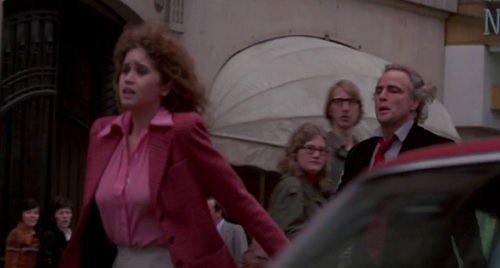
Jeanne fleeing away from Paul
Maria Schneider is cast in a childlike role with the sweetness and seduction of a Lolita, only this time is both voluptuous and vacillating. Schneider perfectly captures her character’s capriciousness, playfulness, bewilderment, vulnerability, anger, frustration, seductiveness and curiosity.
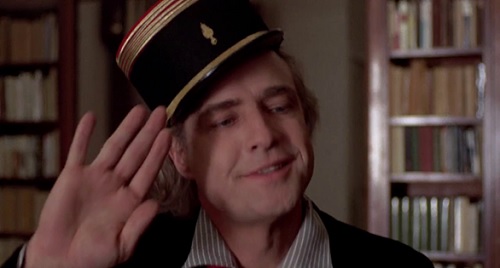
Paul saluting Jeanne after pulling her into his apartment
If the sexual content in Last Tango is uncomfortably explicit (once seen, the infamous “butter scene” is never forgotten), the combination of Brando’s acting, Bertolucci’s direction, Vittorio Storaro’s cinematography, and Gato Barbieri’s music is unbeatable, creating one of the classic European art movies of the 1970s, albeit one that is not for all viewers.
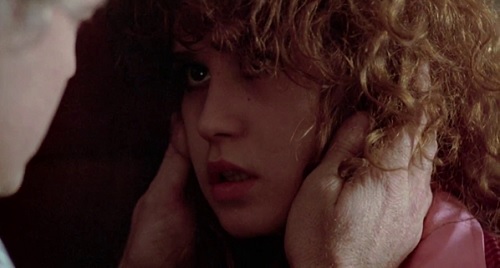
The dramatic finale
Finally, what Last Tango in Paris does reveal, and intelligently so, is world of debasement, of death, of sex, of depression. It’s a world in which two anonymous people can, instead of sublimating their sexual problems with worldly pursuits, sublimate their worldly problems with sexual pursuits.
Reference:
Review by Pauline Kael in “The New Yorker magazine” dated October 28, 1972
A series of “Hundred Favorite Films Forever”
14-Jul-2013
More by : P. G. R. Nair